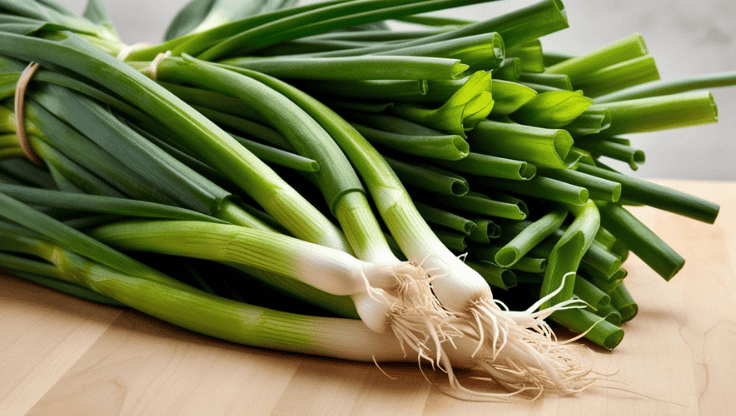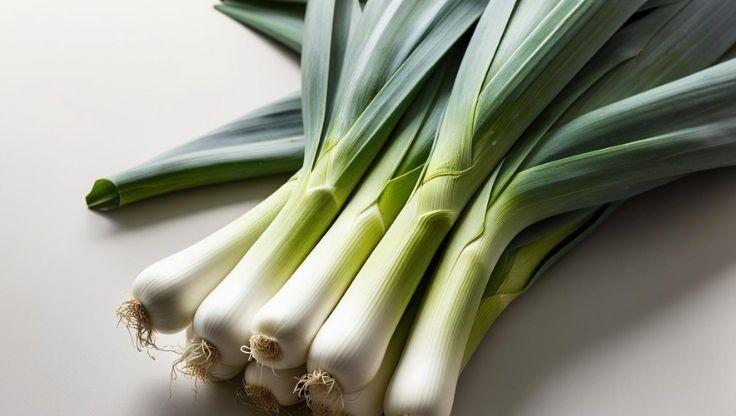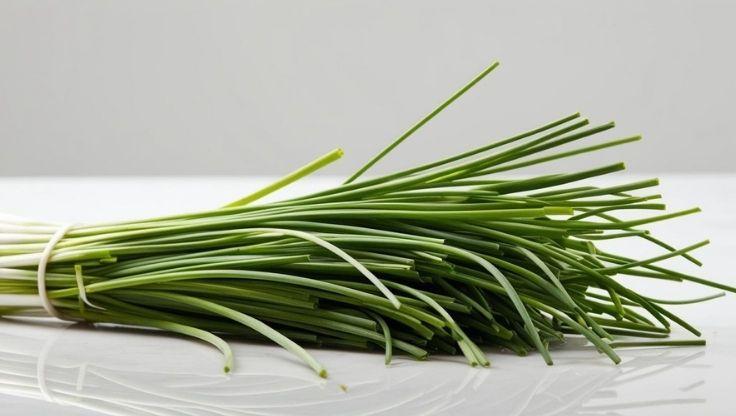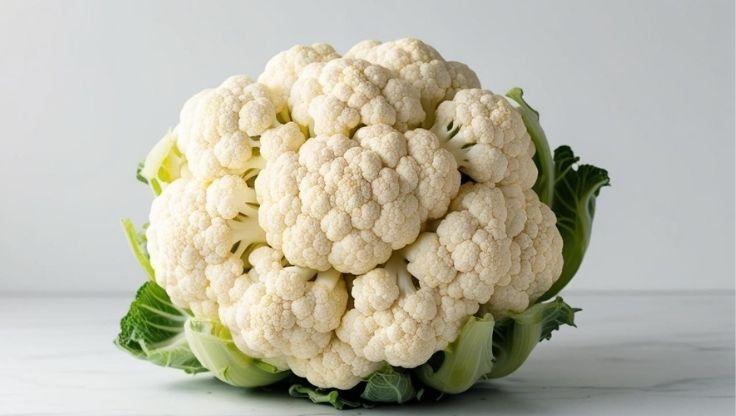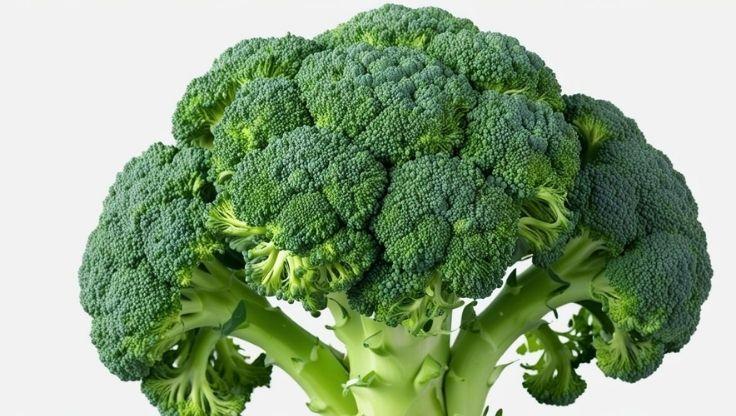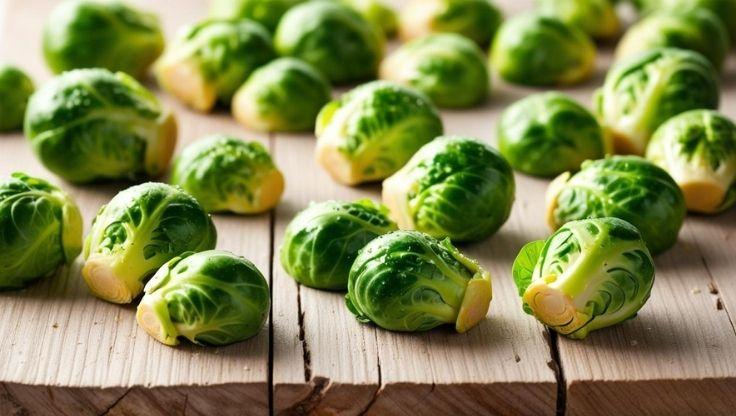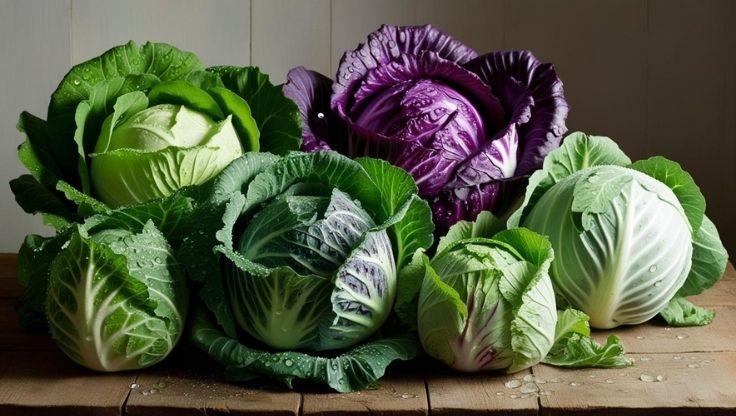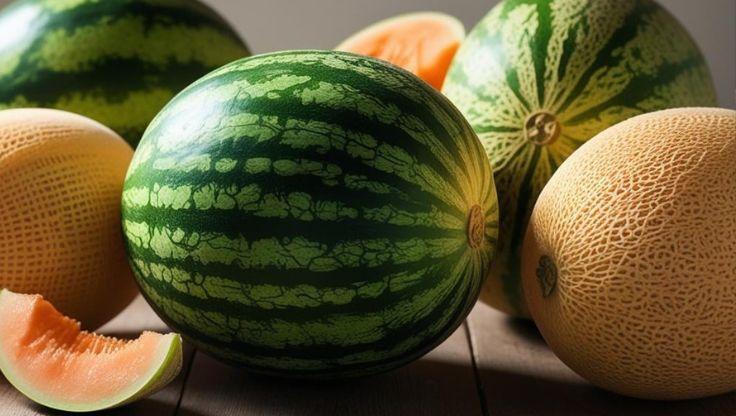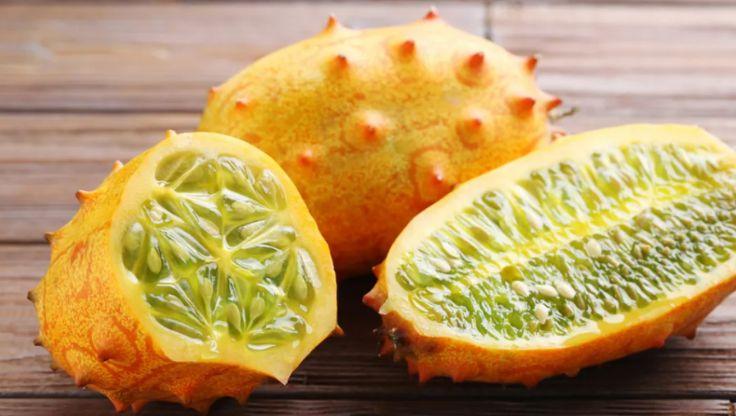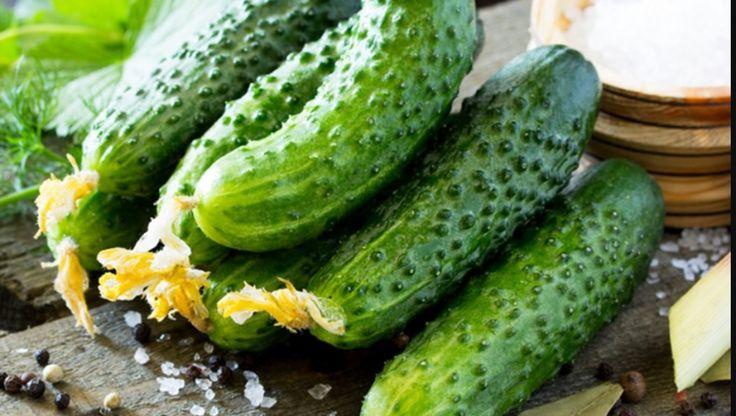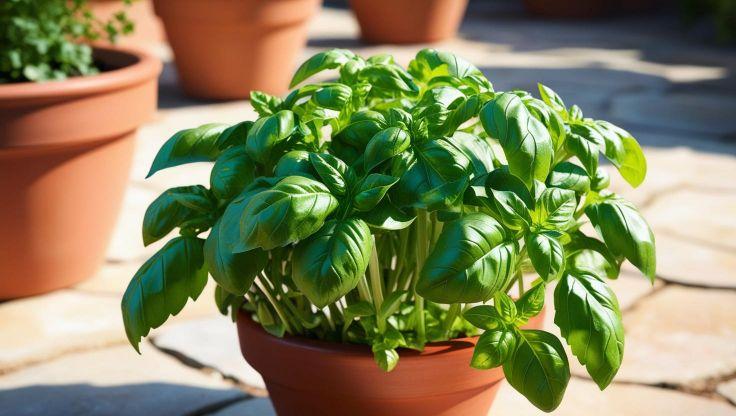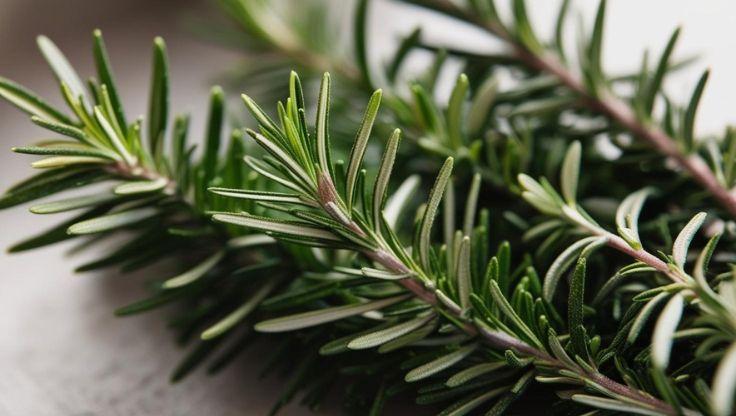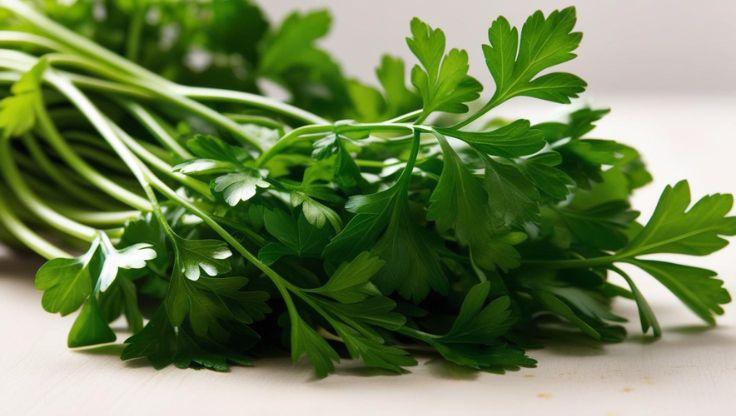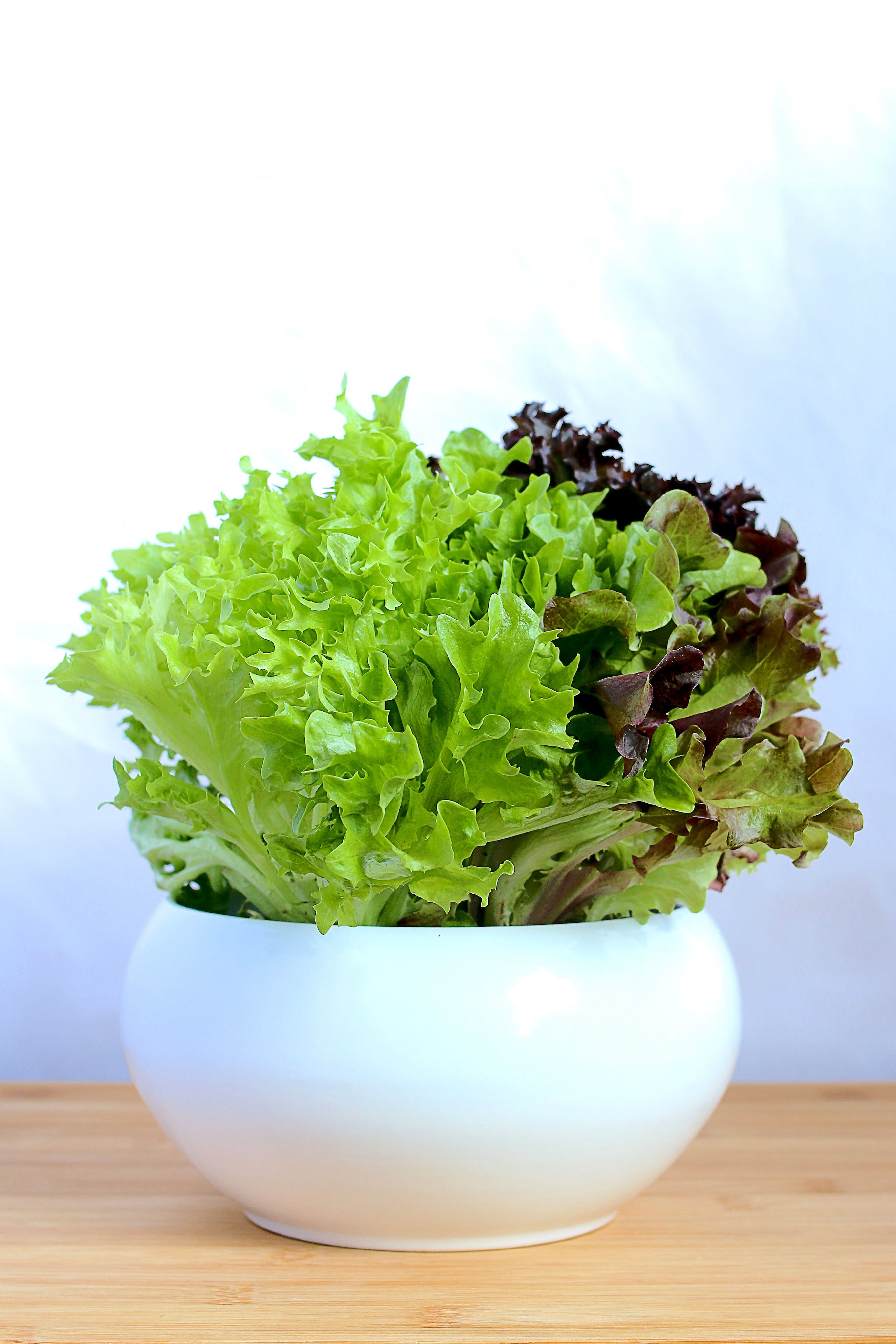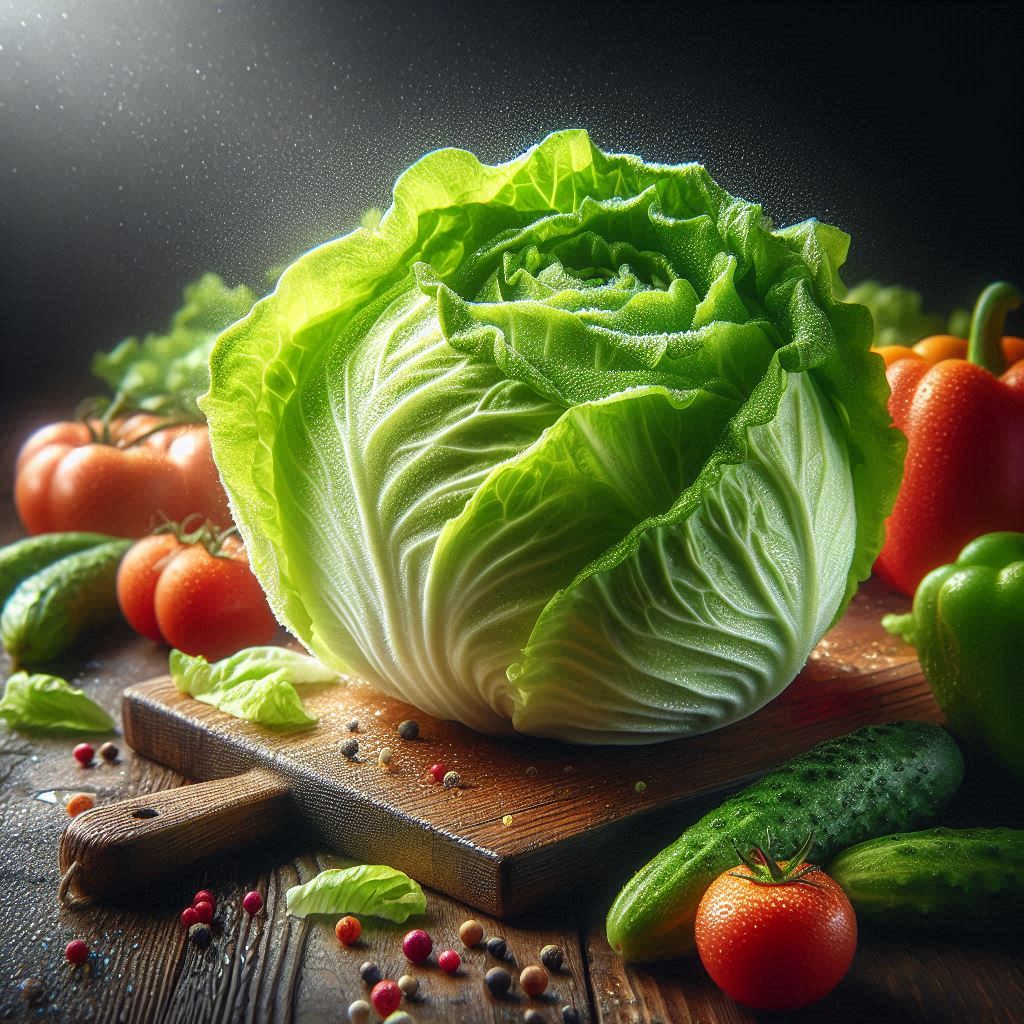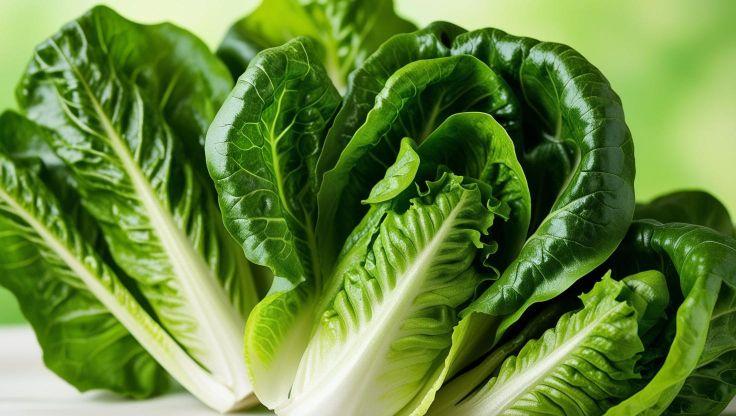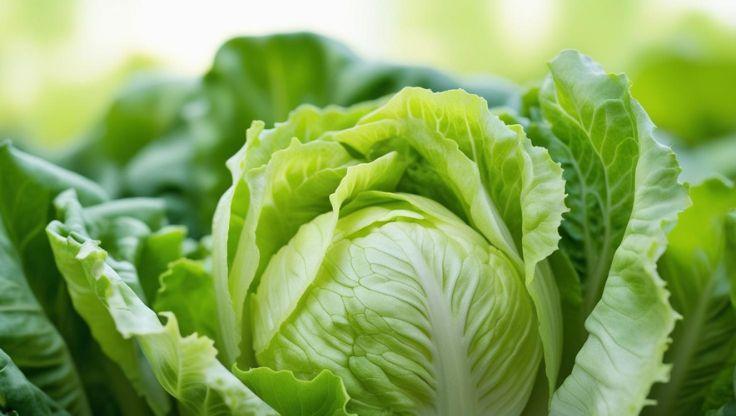Hydroponic Plants: Cultivating Winter-Squash for Optimal Growth
Winter-Squash (Cucurbita spp.) is a flavorful and nutrient-rich vegetable that thrives in controlled environments, making it an excellent option for hydroponic farming. Hydroponic plants like Winter-Squash benefit from optimized nutrient delivery, efficient space utilization, and sustainable cultivation practices, leading to higher yields and superior quality compared to traditional soil-based methods. By embracing hydroponic techniques, farmers can enhance resource efficiency while ensuring consistent and healthy growth for their crops.

Hydroponic Growing Conditions of Winter Squash
Optimal pH and EC Levels
To ensure proper growth and nutrient absorption, winter squash requires a carefully balanced hydroponic environment. The ideal pH range for winter squash cultivation is 5.5–6.5, ensuring efficient nutrient uptake while preventing deficiencies. Additionally, maintaining electrical conductivity (EC) levels between 1.8–2.4 mS/cm supports optimal root development and fruit production. Regular monitoring of these parameters is essential to sustain plant health and maximize yield.
Light, Temperature, and Humidity Requirements
Winter squash thrives under 12–14 hours of full-spectrum LED lighting or natural sunlight, which promotes vigorous vegetative growth and fruiting. The recommended temperature range for hydroponic winter squash is 18–27°C, ensuring steady metabolic activity and preventing stress-related growth issues. Maintaining humidity levels between 60–75% is crucial for healthy foliage and fruit development, as excessive dryness can hinder pollination and fruit set.
Best Hydroponic Systems for Winter Squash
Among hydroponic cultivation methods, winter squash performs best in systems that support its extensive root structure and nutrient demands:
- Deep Water Culture (DWC) – Provides continuous nutrient availability and supports large root systems, ensuring robust plant growth.
- Nutrient Film Technique (NFT) – Facilitates efficient nutrient uptake by delivering a thin film of nutrient-rich water directly to the roots.
- Dutch Buckets – Ideal for supporting large root systems and ensuring proper drainage.
Selecting the appropriate hydroponic system depends on space availability, resource management, and desired yield efficiency.
Nutrient Solutions and Water Management
A well-balanced nutrient solution is essential for hydroponic winter squash cultivation. The ideal formulation includes nitrogen, phosphorus, potassium, calcium, and magnesium, all of which contribute to strong root development, flowering, and fruit production. Regular water circulation and oxygenation prevent root diseases such as root rot, ensuring optimal nutrient absorption. Controlled nutrient delivery through automated dosing systems further enhances plant health and productivity.
Seed to Seedlings, Growth Cycle, and Varieties
Optimal Planting and Early Growth
Winter squash seeds should be planted one per hole to ensure adequate root space and prevent overcrowding. Proper spacing allows for efficient nutrient absorption and minimizes competition among seedlings. Germination typically occurs within 7–14 days, depending on environmental conditions such as temperature and humidity.
Once seedlings reach 3–4 inches in height, they are ready for transplanting into hydroponic systems. At this stage, their root systems are sufficiently developed to adapt to nutrient-rich hydroponic solutions, promoting faster growth and healthier plants.
Growth Cycle and Maturity
The maturity period after transplanting varies based on the squash variety, typically ranging between 70–110 days. Hydroponic cultivation accelerates growth by eliminating soil-related stressors and optimizing nutrient delivery. Controlled environments ensure consistent fruit development, leading to higher yields and improved quality.
Popular hydroponic varieties include:
- Butternut Squash – Known for its sweet, nutty flavor and smooth texture, ideal for soups and roasting.
- Acorn Squash – Compact and rich in fiber, making it a great choice for small-scale hydroponic setups.
- Kabocha Squash – A Japanese variety prized for its dense, creamy flesh and high antioxidant content.
These varieties are well-suited for indoor cultivation, thriving in hydroponic systems such as Deep Water Culture (DWC), Nutrient Film Technique (NFT), and Dutch Buckets.
Uses and Benefits of Hydroponically Grown Winter Squash
Culinary Applications
Hydroponically grown winter squash is a versatile ingredient, widely used in soups, roasts, and purees. Its nutty-sweet flavor enhances both savory and dessert dishes, making it a staple in modern cuisine. Varieties such as Butternut, Acorn, and Kabocha Squash are particularly prized for their rich texture and deep flavor profiles. Additionally, hydroponic cultivation ensures consistent quality and taste, making it ideal for gourmet applications.
Beyond traditional uses, winter squash is increasingly incorporated into plant-based diets, serving as a nutrient-dense alternative in vegan pasta sauces, grain bowls, and baked goods. Its natural sweetness pairs well with spices like cinnamon and nutmeg, making it a popular choice for pies and custards.
Health Benefits
Winter squash is packed with essential nutrients, including vitamin A, fiber, and antioxidants, which contribute to eye health, digestion, and immune function. The high beta-carotene content in varieties like Butternut Squash supports vision and skin health, while its fiber-rich composition aids in gut health and weight management.
Additionally, certain winter squash varieties exhibit anti-inflammatory properties, helping to reduce oxidative stress and support cardiovascular health. Studies suggest that regular consumption of winter squash may lower the risk of chronic diseases, including diabetes and heart disease.
Sustainability Advantages
Hydroponic farming offers significant environmental benefits compared to conventional soil-based cultivation. Water usage is reduced by up to 90%, as hydroponic systems recycle and optimize nutrient solutions. Furthermore, the absence of soil eliminates the risk of soil-borne diseases, reducing the need for chemical treatments.
The controlled environment also minimizes pesticide use, ensuring cleaner and safer produce. Additionally, hydroponic systems allow for year-round cultivation, reducing reliance on seasonal availability and improving food security.
Challenges and Solutions in Hydroponic Winter Squash Cultivation
Common Pests and Diseases
While hydroponic systems eliminate soil-borne pathogens, winter squash remains vulnerable to certain pests and diseases that can impact growth and yield. Implementing proactive management strategies is essential for maintaining plant health.
- Powdery Mildew – A fungal disease that thrives in humid environments, causing white powder-like spots on leaves. It can be mitigated through proper airflow control, humidity regulation, and the use of organic fungicides.
- Aphids & Spider Mites – These pests feed on plant sap, weakening foliage and stunting growth. They are managed using organic repellents, beneficial insects such as ladybugs, and regular monitoring.
- Root Rot – A common issue in hydroponic systems caused by excessive moisture and poor oxygenation. Prevention involves maintaining proper aeration, ensuring adequate drainage, and using disease-resistant rootstocks.
Environmental Stress Solutions
Hydroponic winter squash requires precise environmental management to optimize growth and prevent stress-related issues. Adjusting key factors such as light, temperature, and nutrient balance ensures healthy development.
- Light Management – Proper LED adjustments prevent legginess and promote strong vegetative growth. Hydroponic plants thrive under full-spectrum LED lighting, which mimics natural sunlight and enhances photosynthesis.
- Temperature Regulation – Maintaining stable temperatures is crucial for plant health. Ideal conditions range between 18–27°C, with fans and climate control systems ensuring consistent airflow and preventing heat stress.
- Nutrient Monitoring – Adjusting electrical conductivity (EC) levels optimizes nutrient absorption and supports vigorous growth. Regular testing ensures plants receive adequate nitrogen, potassium, and phosphorus, essential for development.
Research for expert insights
For expert insight and valuable information, check out the following comprehensive articles:
|
Company/Institution |
Article Title |
Article Link |
|---|---|---|
|
Texas A&M AgriLife Research |
Effect of Nutrient Solution Cooling in Summer and Heating in Winter on the Performance of Baby Leafy Vegetables in Deep-Water Hydroponic Systems |
|
|
Jain (Deemed to be University) |
A Study on Hydroponic Farming |
|
|
International Journal of Research Publication and Reviews |
Research on Hydroponic Farming |
Their detailed analysis provides in-depth knowledge, making them an excellent resource for readers who want to expand their understanding.


